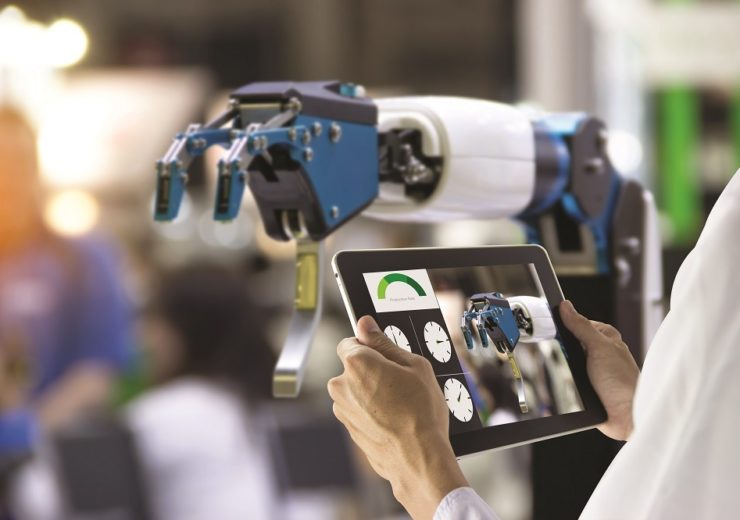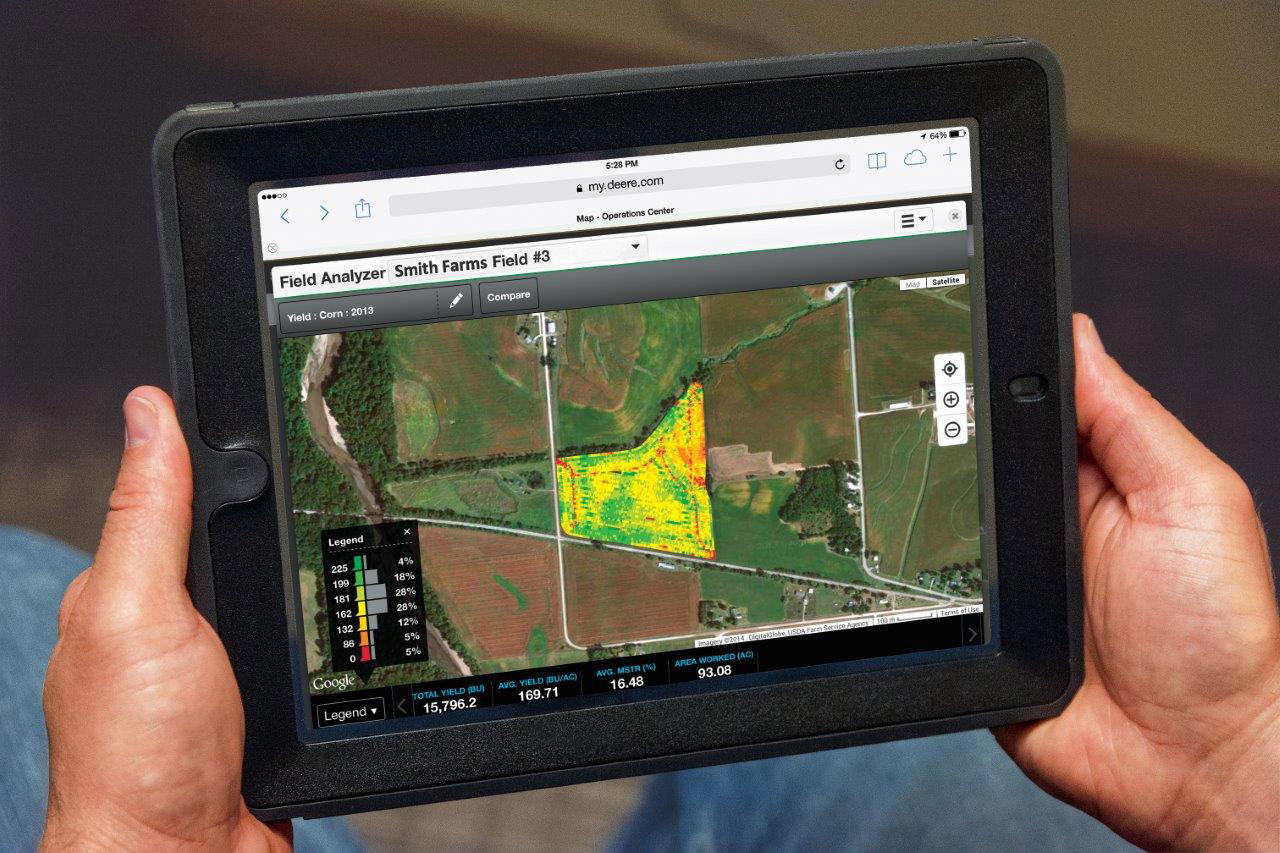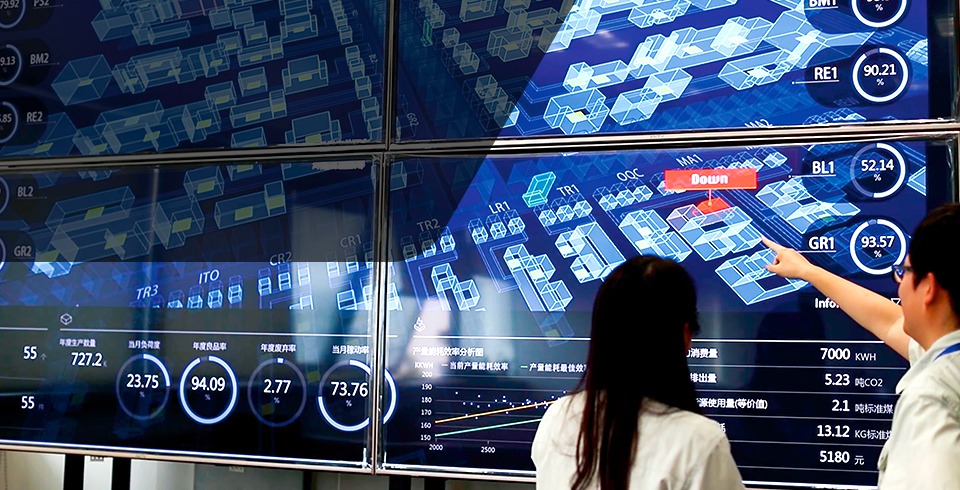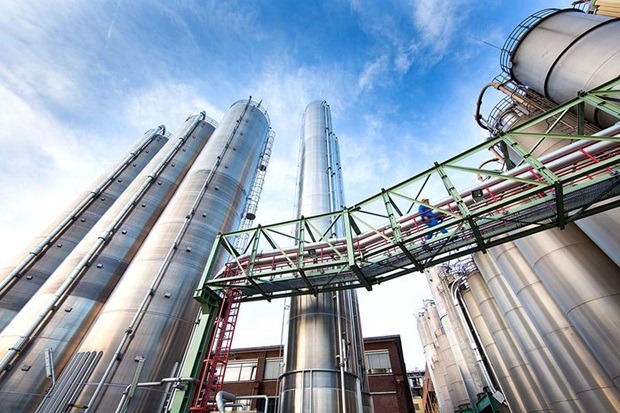Experts predict $1.18tn will be spent globally on digital transformation technology and services in 2019 - with manufacturing one of the biggest spenders

Automation and smart connected devices are part of digital transformation in the manufacturing industry
Ross Timms, head of strategy at creative agency Rufus Leonard, explores how some manufacturing organisations have overcome industry barriers to successful digital transformation – and the key to unlocking this success for other businesses.
For many businesses, digital transformation is now a key business priority that requires immediate resolution.
Some 85% of enterprise decision-makers state they have a two-year period to make significant inroads into digital transformation or they will fall behind their competitors and suffer financially.
For manufacturing specifically, 72% of companies are increasing the speed of their digital transformation efforts and expect to be “digitally advanced” by 2020 – that figure was only 33% in 2018, according to PwC’s Global Digital Operations Study.
Furthermore, IDC predicts $1.18tn will be spent globally on digital transformation technology and services in 2019, with manufacturing being one of the industries with the largest spend on digital transformation.

Examples of digital transformation in manufacturing industry
Deere & Company: Responding to changing customer needs
Deere & Company’s digital transformation journey focused on changing how its manufactured equipment is designed and used, directly in response to customer needs.
It developed a data-driven model through smart, connected products, such as satellite guidance and live data monitoring, which gives deep insights to farmers.
An example of this is MyJohnDeere.com, which uses sensors on the equipment to analyse and share how individual farmers had farmed in the previous year.
It then uses this information and data on historical yields and soil conditions to set optimal seeding and farming for the current or upcoming year.
And that isn’t the whole story. The company also developed a web platform that remotely diagnoses problems with machines in the fields, giving farmers predictive maintenance capabilities.

Automated equipment is also a part of its strategy, with automated guidance, steering and tracking already a feature of the tractors it produces.
This digital transformation journey is already having a turnaround effect for the business.
After a few down years and starting to implement this strategy, things started to improve.
Worldwide net sales for 2018 were up 26% from 2017, and in the first half of 2019, net income hit $1.63bn, compared with $673.2m for the same period in 2018.
Worldwide sales hit $19.33bn in the first half of 2019, up 10% from 2018’s first half.
Fujitsu: Using co-creation to reposition
Fujitsu, known for its past repositioning from a telecoms company to a hardware manufacturing company, has once again chosen to go through a transformation to become a software services-orientated company.
It is particularly looking at AI and IoT as major focuses of change – for example, the new Fujitsu Intelligence Technology Group, which will lead the company’s AI effort – but also has a very strong people focus.
Fujitsu’s president Tatsuya Tanaka spoke about co-creation being the key to its digital transformation efforts – with its own people and with other businesses.
Fujitsu is currently working with companies like NatWest, Securitas and Microsoft.

For the latter, it has co-developed biometric security solutions for laptops, creating a modern workplace where top-level security is maintained while allowing mobile, remote workforces.
While financial figures were slightly down in the FY 2018 from FY 2017, this was caused by its transformation and restructuring.
Taking those special expenses out of the picture, they demonstrated a growth in operating profit of 34.1bn yen ($316m).
Additionally, the area of the business which is becoming its core offering – technology and software solutions – also grew 2.3% year-on-year to 3.12bn yen ($30m).
Covestro: Finding a purpose in global challenges
Covestro, the high-tech polymer manufacturer spun off from Bayer in 2015, has been on a digital transformation journey.
By looking at some of the world’s greatest global challenges, like climate change, urbanisation and demographic growth, it has asked – and started to answer – what role a company like Covestro should play in this sphere of issues.
Through an advanced digital framework, people and machines easily connect and exchange information, which senior leaders believe allows its employees to easily create new ways of working and new business models.
This has created a number of unique projects, including Solar Impulse.
It’s also working with the automotive industry to deliver lighter, safer and more efficient cars and converting its own CO2 emissions into raw materials for their other products.

All this has resulted in a reimagining of what Covestro, and other companies like it, can truly offer and what its role is in wider society.
And it doesn’t stop there, with a continual focus on innovating into new business models to generate more revenue.
It does all this without a chief digital officer, but instead through wide engagement of their people and a guiding coalition group at the top to steer the company through this journey.
In 2018, Covestro became an officially traded DAX company – a blue chip stock market for the biggest German companies on the Frankfurt Stock Exchange – which is almost unheard of for a spin-off company from another major DAX member.
And sales have been growing every year since 2016.
How digital transformation in manufacturing industry unlocks opportunities
The reality is that transformation is unique to each individual business, and often fraught with challenges.
With specific industry and national initiatives like Industry 4.0 or the Industrial Internet, there’s increasing pressure on manufacturing companies to transform themselves through a digital agenda.
However, with that pressure comes great opportunity.
The IDC found that 60% of large manufacturers will create new revenue through information-based products and services, and embedded intelligence will drive the highest possible profitability levels.
Additionally, the manufacturing industry has one of the largest breadths of relevant, impactful disruptive technology – including IoT, AI, autonomous robots, and cloud and edge computing.
To be successful, you need to know why you want to transform, and therefore what kind of transformation your business needs.
Whether that is changing how you do business like Deere & Company, changing your business offering like Fujitsu or changing your market like Covestro.
The drive to digital transformation needs to balance two things – the practical need and the requirement for a North Star.
The former is driven by pressure on profit and the need to move at the speed of the consumer. The latter is driven by your company’s mission, purpose or vision.
Aligning your brand to your technology gives your platform a purpose, a role beyond the practical and a clear point of focus which drives transformation efforts.
Digital transformation requires a single point of focus
Defining the purpose of your transformation programme is integral to measuring its impact and success.
Once you’ve defined your “why?”, you can distil this into a single point of focus that explicitly meets top-line commercial objectives.
Looking back at our three brand examples, all of them can demonstrate this single point of focus.
Deere & Company is putting data and insights into the hands of farmers with technology-led solutions to improve customer experience.

Fujitsu is transforming its business into a software and technology services company by focusing on the co-creation of digital agendas and products.
Covestro is focused on carving a new role and purpose for a chemical manufacturing company, specifically in helping solve global issues.
These single points of focus gave each of these businesses a clear steer on how to define both growth and performance objectives.
In turn, this single point of focus acts as a guiding star for how to leverage your brand, how to shape your customer experiences, understand what’s required of the organisation and your technology platforms.
Ask yourselves, “how might we defend or improve our brand market position, ensure ongoing user relevance, create internal alignment and maximise platform performance?”
Measuring the impact of digital transformation in manufacturing industry
Understanding this creates a clear platform to identify and align KPIs across the organisation.
Do you need to increase brand value and equity or increase EBIDTA? Do you need to create greater efficiencies in schedule attainment or total cycle time? Do you need to reduce employee churn or improve workforce utilisation?
Or, finally, do you need to increase platform utilisation or ensure security of data and information?
This approach makes sure that a micro view on performance aligns back to the macro measurement of impact and progress.
It gives the business the levers it needs to keep everyone on course over a multi-year programme of significant change.
And, crucially, it provides a clear goal to galvanise everyone in the business.


